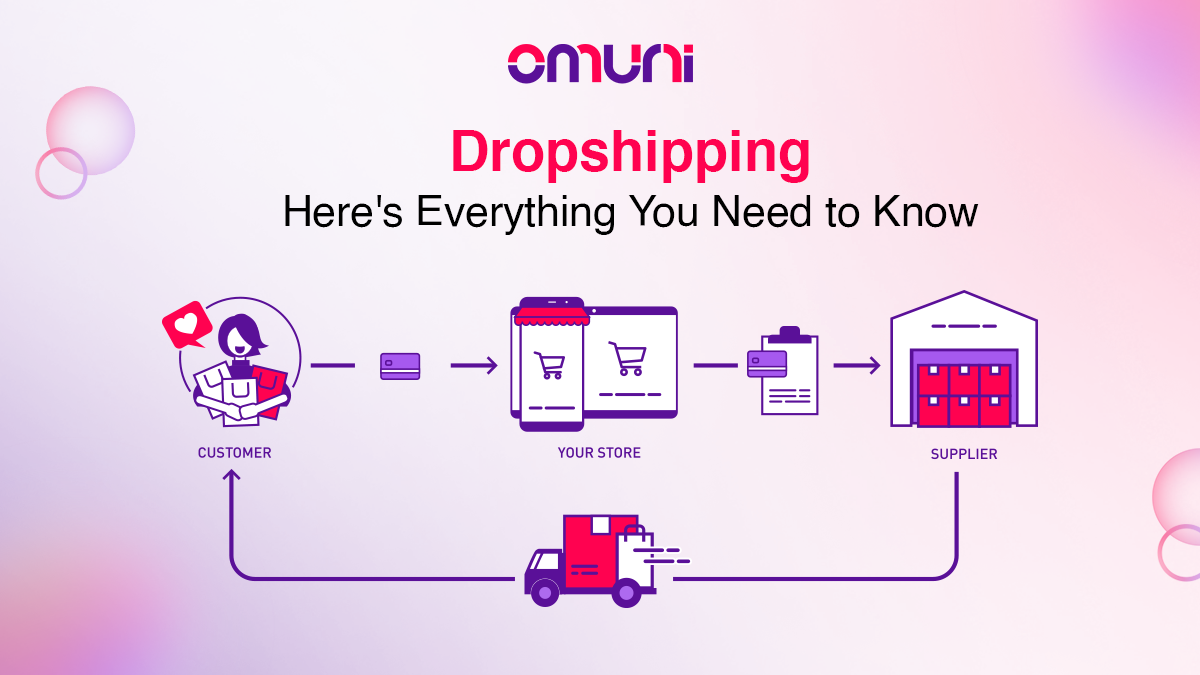Product Assortment Strategies to Maximise Business Sales
The retail world is ever-evolving—businesses face several challenges when it comes to optimising sales and maximising profitability. One strategy that you can adopt to achieve success is an effective product assortment strategy. You must curate the product assortment strategy carefully to enhance customer satisfaction, boost sales, and strengthen your competitive edge.
In this blog, we will explore key strategies to help you optimise your product assortment and drive business growth.
Benefits of Product Assortment Strategies
Implementing effective product assortment strategies has the following benefits on offer:
Increased Customer Satisfaction
A well-curated product assortment strategy enables you to cater to a wide range of audiences as per their preferences and needs. By offering a variety of products that align with their needs, you can enhance customer satisfaction and create a positive shopping experience for them. When customers find what they are looking for within a well-organised assortment, they are more likely to make purchases and return for another purchase.
Improved Sales and Revenue
Optimising the product assortment can directly impact sales and revenue generation. By offering a diverse range of products that resonate with different customer segments, you can expand your customer base and capture a larger market share. Additionally, strategically selecting high-demand products can help you increase sales volumes and thus, profitability.
Competitive Advantage
A thoughtfully created product assortment strategy can set your business apart from competitors. By carefully selecting unique products, you can create a distinct brand identity and attract customers seeking something unique. Standing out in a crowded market will help you build brand loyalty and strengthen customer relationships.
Inventory Management Efficiency
An effective product assortment strategy aids in efficient inventory management. By analysing sales data and customer demand patterns, you can optimise inventory levels and minimise stockouts or overstock situations. This will help in saving costs and improve cash flow.
Top Product Assortment Strategies

Understand Your Target Audience
To build a strong product assortment strategy, it is essential to have a deep understanding of your target audience. Conduct thorough market research to identify your customers’ preferences, their purchasing patterns, and emerging market trends. You can also analyse demographic data, conduct surveys, and leverage customer feedback to gain insights into their purchasing patterns. Use this information to craft a compelling product assortment strategy that resonates with your target audience.
Categorize and Segment Your Products
Segmenting your product assortment will help you to tailor your product offerings to different customer groups and effectively meet their specific requirements. Consider categorising products based on factors like price, functionality, brand, and customer demographics. You can offer a diverse range of products within each segment to cater to a broader customer base and address varying preferences and budgets.
Balance Breadth and Depth
Notably, breadth is the number of product categories and depth is the variety of products within each category.
A wide range of product categories will attract a larger customer base but too much breadth might dilute your focus and make it challenging for you to manage inventory and marketing efforts. On the other hand, deep product offerings within each category can lead to increased customer loyalty and larger basket sizes. Thus, when planning your product assortment, striking the right balance between breadth and depth is crucial. You must find the optimal balance to maximise sales while ensuring operational efficiency.
Monitor Sales Performance and Customer Feedback
Regularly monitor your sales performance to identify high-performing as well as underperforming products and categories. Leverage sales data, customer feedback, and analytics tools to gain insights into which products are driving revenue and customer satisfaction. You can use this information to make data-driven decisions about product assortment adjustments. You must continuously iterate and refine your assortment strategy based on customer preferences and market dynamics to remain competitive.
Embrace Seasonality and Trends
You must always stay attuned to emerging trends in the industry and incorporate them into your product assortment strategy. Align your offerings with seasonal demands to capture additional sales opportunities during seasonal periods. You can also consider attending trade shows and engaging with your customers to identify emerging trends. By being proactive, you can position your business as a trendsetter and attract customers seeking the latest products.
Implement Cross-Selling and Upselling Opportunities
Cross-selling and upselling are one of the most crucial techniques that impact your sales revenue. Identify and make a list of complementary products within your product assortment to bundle them together and recommend them to your customers. You can leverage effective merchandising techniques as well such as placing related items together to encourage customers to explore additional offerings. Strategic placement of the products and effective sales training can enhance the success of cross-selling and upselling efforts.
Leverage Technology and Data Analytics
Last but most important point, you must embrace technology and data analytics tools to gain valuable insights into your customer behaviour, market trends, and inventory management. Utilise Customer Relationship Management (CRM) systems and point-of-sale (POS) data to understand purchasing patterns and personalise the customer experience. Leverage advanced analytics to forecast demand, optimise inventory levels, and identify product assortment gaps. By harnessing the power of technology and data analytics, you can make informed business decisions and optimise your product assortment strategy.
Conclusion
Developing a well-crafted product assortment strategy is crucial for maximising sales and profits. By implementing the above-discussed strategies, you can create a compelling product assortment that caters to customer preferences.



